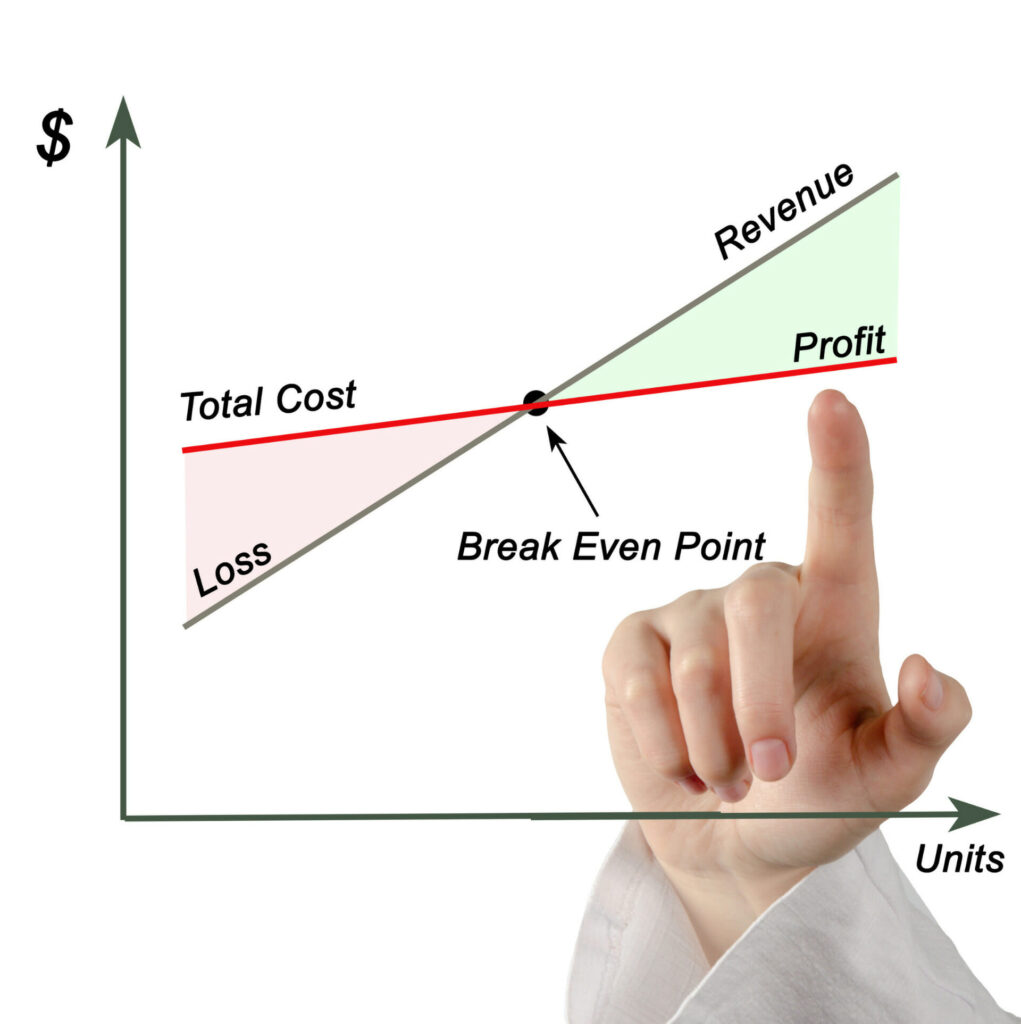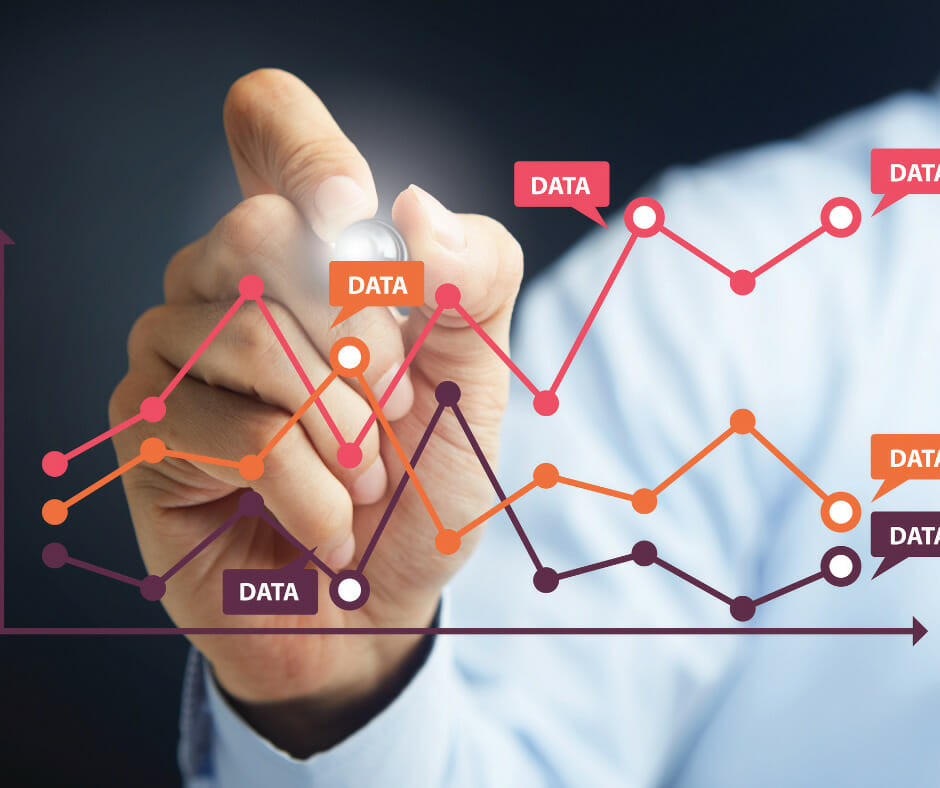The three primary financial statements: balance sheet, income statement, and statement of cash flows, work together to provide a financial report of a company’s profitability during a period.
The income statement is a business’s income within a certain period. The cash flow statement shows how much cash a business generates and where it spends that cash during a period. However, the balance sheet is a statement of a financial position at a single point in time (a particular calendar day).
This article dives deeper into the balance sheet and details its components and significance to understand your business’s profitability and overall financial value.
What Is a Balance Sheet?
The balance sheet provides a picture of what a business owns and owes and how much is invested. The balance sheet is commonly used for a great deal of financial analysis, focusing on a company’s assets, liabilities, and equity. By looking at these three numbers, banks, auditors, owners, or investors can learn a lot about your organization.
In order for your balance sheet to balance, it must be divided into two sections. On the left are the company’s assets, and on the right are liabilities and equity. Shortly, we will get more granular in the differences among these critical metrics.
First, we will look at how a balance sheet works in tandem with the accounting equation in uncovering a company’s viability.
The Accounting Equation
The balance sheet adheres to the accounting equation where everything a business owns (assets) equals everything they owe (liabilities), plus the owner’s equity in the company.

The accounting equation states that a company’s total assets are equal to the sum of its liabilities and its shareholders’ equity. These sections of the balance sheet being “in balance” are considered to be the foundation of the double-entry accounting system.
Assets
The business owns assets that have a monetary value and are listed in order of liquidity or how readily they can be converted to cash.
Assets are divided between current and fixed.
Anything you expect to convert into cash within a year is called a current asset. Examples of current assets are cash balance, accounts receivable, pre-payments on future orders, and inventory.
On the other hand, fixed or long-term assets may be more difficult to turn into cash within the year. Examples of fixed assets include land or buildings, office furniture, equipment, and goodwill.
Fixed assets are recorded as the original purchase price of an item. A business must subtract the accumulated depreciation from these assets.
Liabilities
Liability is the money owed to 3rd parties. These funds owed are also broken down into current and long-term categories.
Current liabilities are expected to be paid within a year and include accounts payable, employee wages, taxes, and insurance payments. In contrast, long-term liabilities would consist of deferred tax liabilities, long-term debt such as mortgages, and pension fund liabilities.
Owners’ Equity
Owners’ equity or net assets is the amount that remains after subtracting liabilities from the assets.
One way to think about equity is if all assets were sold and the proceeds were used to pay all liabilities, what’s leftover would belong to owners.
Equity can be in capital, private or public stock, and retained earnings for larger corporations.
Final Takeaway
An analyst can generally use the balance sheet to calculate many financial ratios that help determine how well a company is performing, how liquid or solvent a company is, and how efficient it is with its cash.
Although the balance sheet is an invaluable piece of information, it is not the complete picture. Since it is just a snapshot in time, it can only use the difference between the current point and another single point in the past. Or in other words, this number is static. Therefore, it is beneficial to also draw on data within the income statement and statement of cash flows to paint a fuller picture of what’s going on with a company’s business.
Experience a better way to manage cash flow and grow with less time and better results with FINSYNC.

























